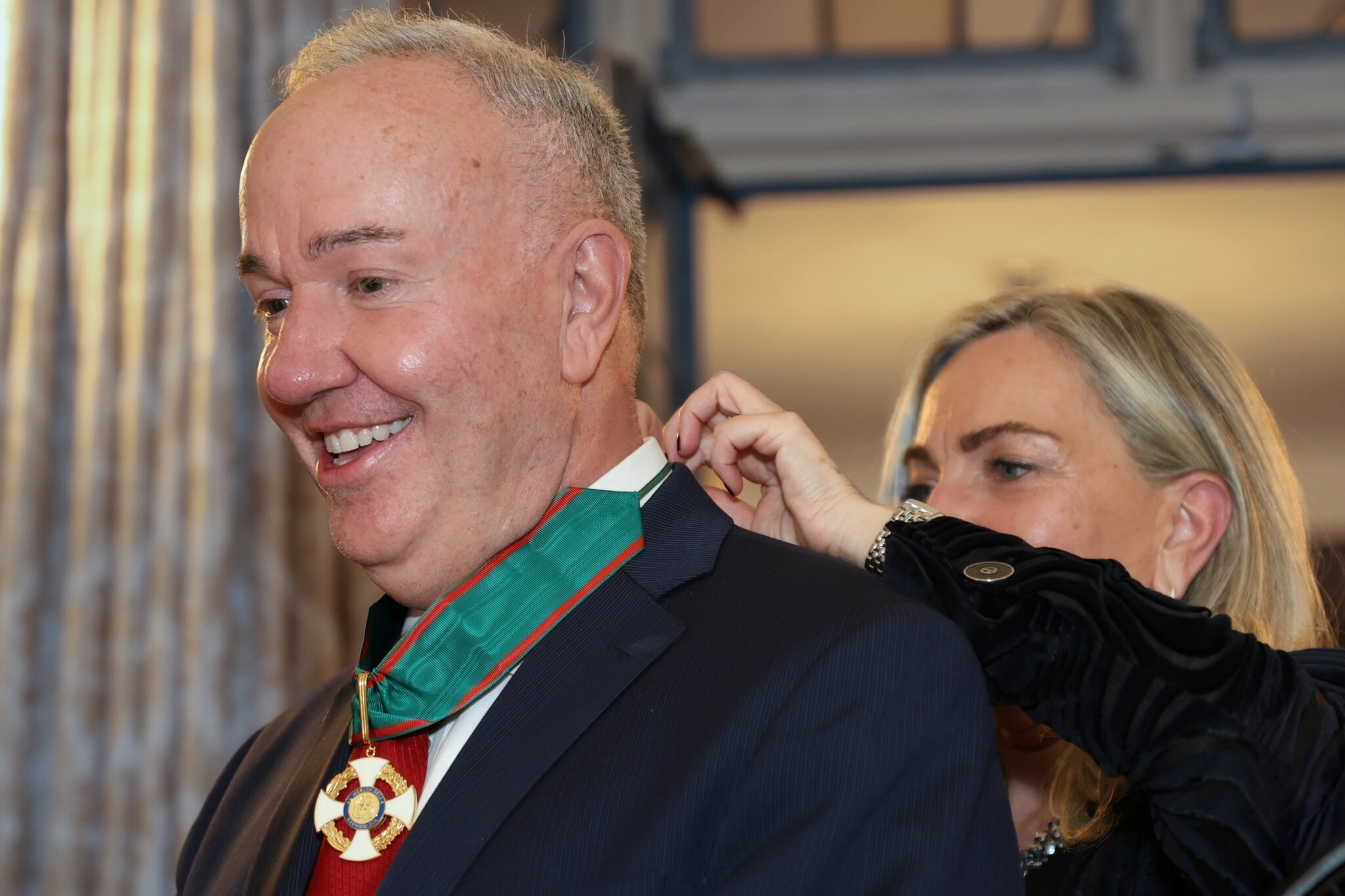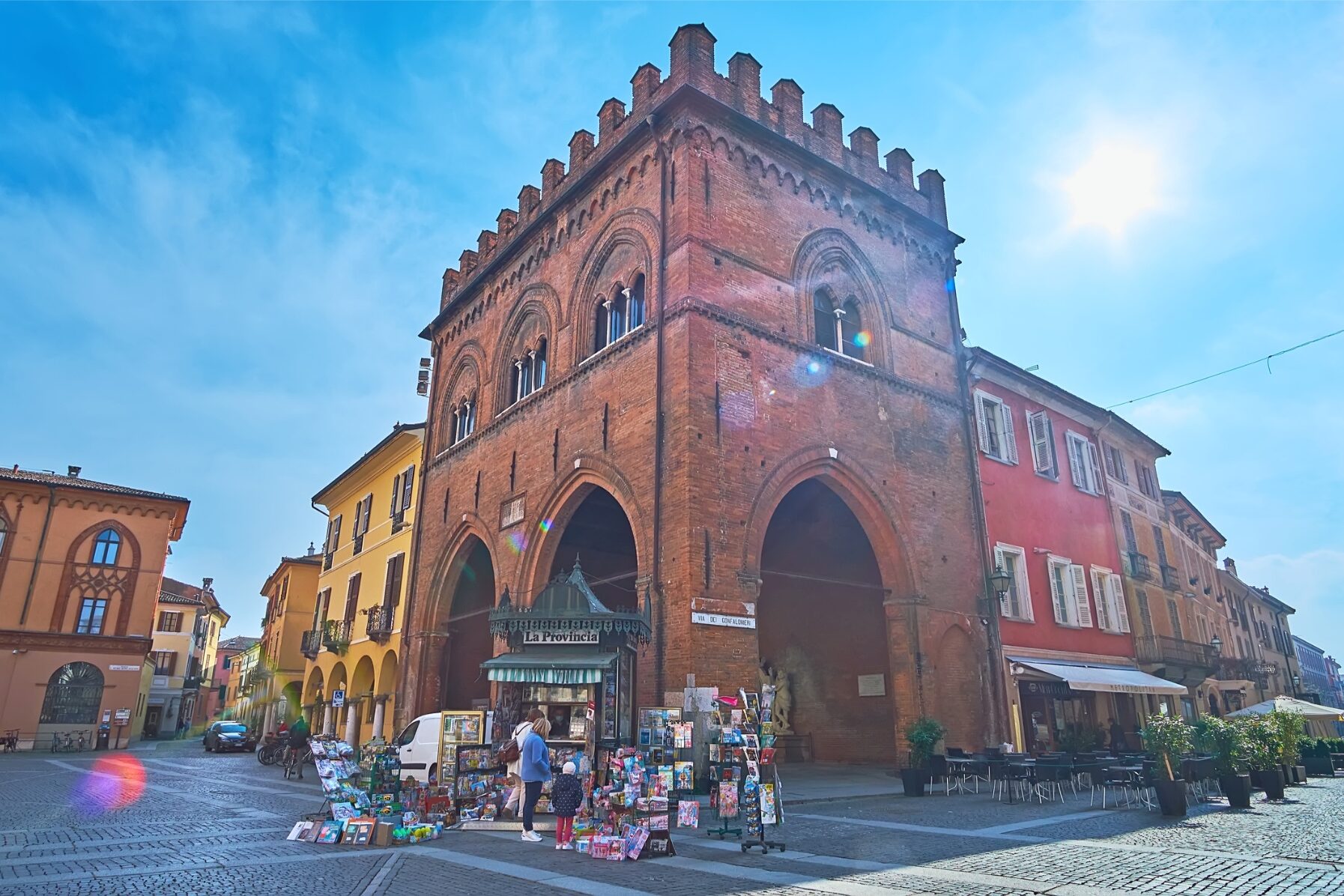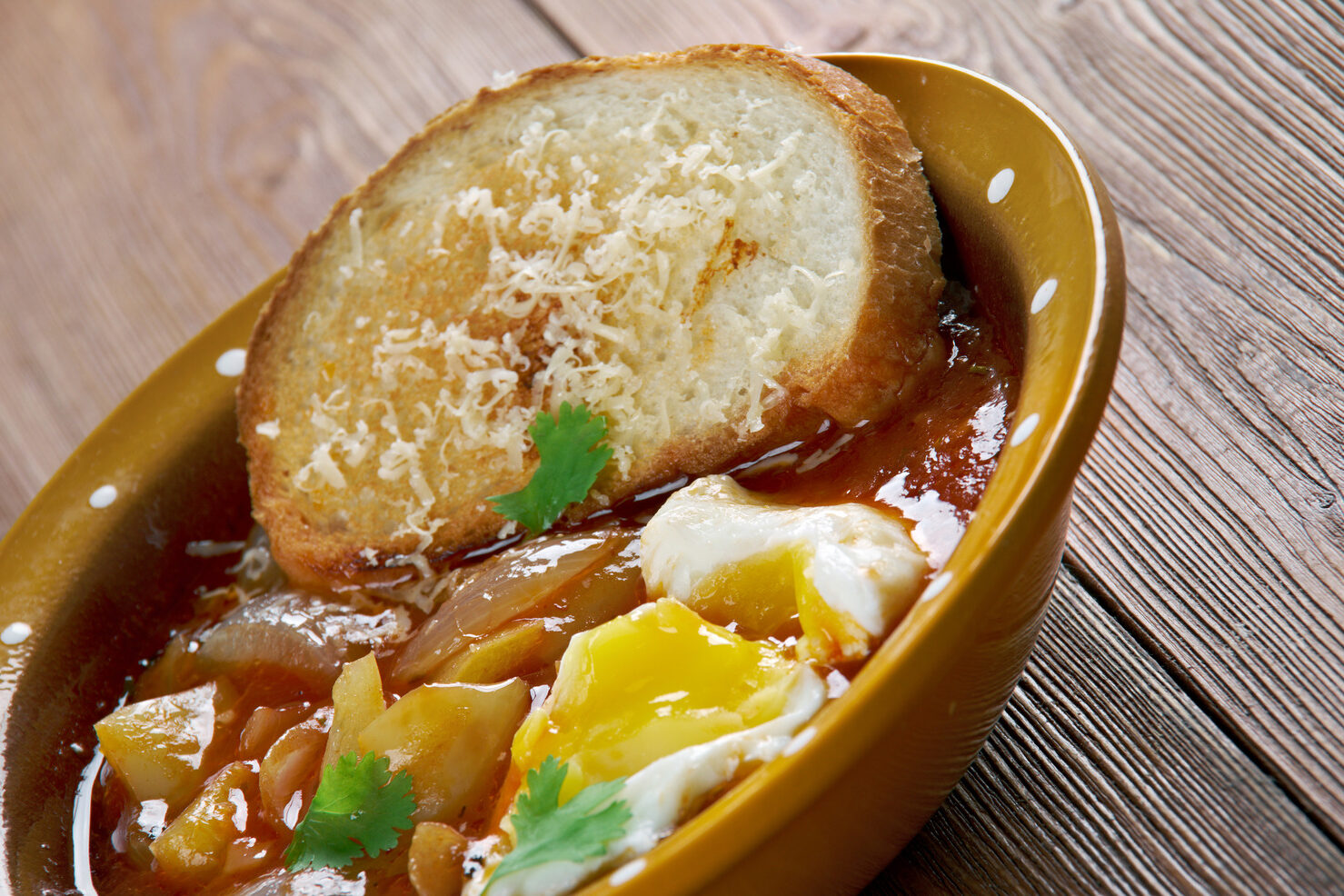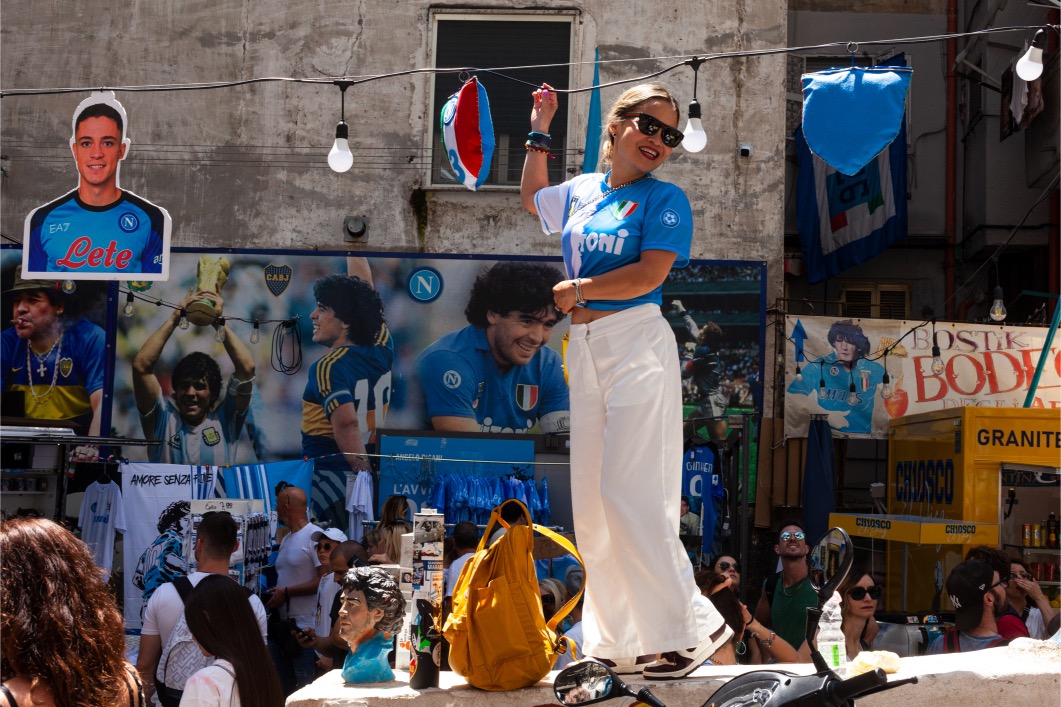Genealogical research, after all, revolves about names. The names of ancestors and relatives are the keys that connect us to them, and help to put flesh and bones on the dry statistics we may find. To identify individuals, most western cultures use at least two names, a given, or birth name, and a surname – that is, a family name which in English-speaking societies is called the ‘last name’. Determining the correct name is of utmost importance when trying to identify an ancestor. A country’s naming conventions, its customs for naming children, can provide invaluable help.
Today, many children are given a name that ‘sounds nice’, or represents a favorite celebrity, sports hero, or even a color, or a food! In the late nineteenth and early twentieth centuries, there were more traditional, orderly methods of naming children. A convention that was used in mainland Italy as well as in other countries is called the ‘Sicilian naming convention’. Once used nearly exclusively, it is less rigid in modern times.
The Sicilian naming convention was to name a couple’s first son after the husband’s father and the second son after the wife’s father. The first daughter was named for the husband’s mother, the second daughter after the wife’s mother. Later children might be named after great-grandparents, aunts, uncles, or favorite saints. This tradition was so strong that in many families it was required. Naming a first son after anyone but the child’s paternal grandfather could lead to family disharmony, or even shunning of the offending couple. An example follows of how seriously the custom was taken:
A couple named their first son Leonardo, after the husband’s father. They had several other children, all ‘properly’ named. After the boy Leonardo reached age eleven, sadly, he died. His parents continued to have children, and the first boy born after Leonardo’s death was named . . . . Leonardo.
In another example: if the first-born Leonardo had died as an infant, the next son born would be named Leonardo – and if he died as an infant, the next son would be named Leonardo, and so on, until one survived! There was high infant mortality at the time. I have seen poignant evidence of this in birth records showing that a couple would lose three or four children, all named the same, while the parents continued to have children and re-use the name. Usually, a birth record would be filed for every birth, even stillbirths, giving the child’s name. So, if your ancestor was the last of one of these ‘Leonardos’, you might find records for several, with the same given name and the same parents, and you’ll have to be sure that your research is applied to the right one.
Naming a child after its own parents was uncommon but not unheard of. It was done more with boys than with girls, usually not until all the ‘prescribed” names had been given to the eldest children, and several other children had been born. But if the wife died in childbirth, often the baby would be named after her. If a husband died before his wife gave birth, the child would be named after him. In both cases, the child would be named for the deceased parent, regardless of the baby’s gender. For example, if a father named Angelo died before his daughter was born, she would be named Angela. This convention was stronger than the general custom. For example, if a man died before his first son was born, the baby would be named for him, not for the paternal grandfather. Another occurrence affecting naming might be that a mother would pray to a saint for some favor: say, to St. Lucia, to cure an eye affliction. If the prayers were granted (or even if not), she might break with tradition and name her first girl ‘Lucia’.
An interesting twist might today be considered bizarre: if a wife died, leaving her children without a mother, most usually the father would remarry. The first child born of the second wife would be named after . . . the first wife! Strange as they may seem, these traditions were a way of perpetuating the name and memory of ancestors – a custom too often cast off in the modern world.
The naming convention often resulted in some interesting situations. For example, suppose Pietro Rossi and Maria Conti had five sons, and each of them eventually married. If each son had at least one son and one daughter, there would be five boy-cousins named Pietro Rossi, and five girl-cousins, each named Maria Rossi! While these naming conventions can be confusing to genealogical research, they can be invaluable in finding and corroborating the names not only of ancestors, but of their siblings and descendants as well.
Visit Angelo’s website, www.bit.ly/AFCGen, and write to him at genealogytips@ aol.com. He is the author of the book The Lady of the Wheel (La Ruotaia), based on his genealogical research of foundlings. See for more information, or order the book at www.bit.ly/ racalmuto.



























